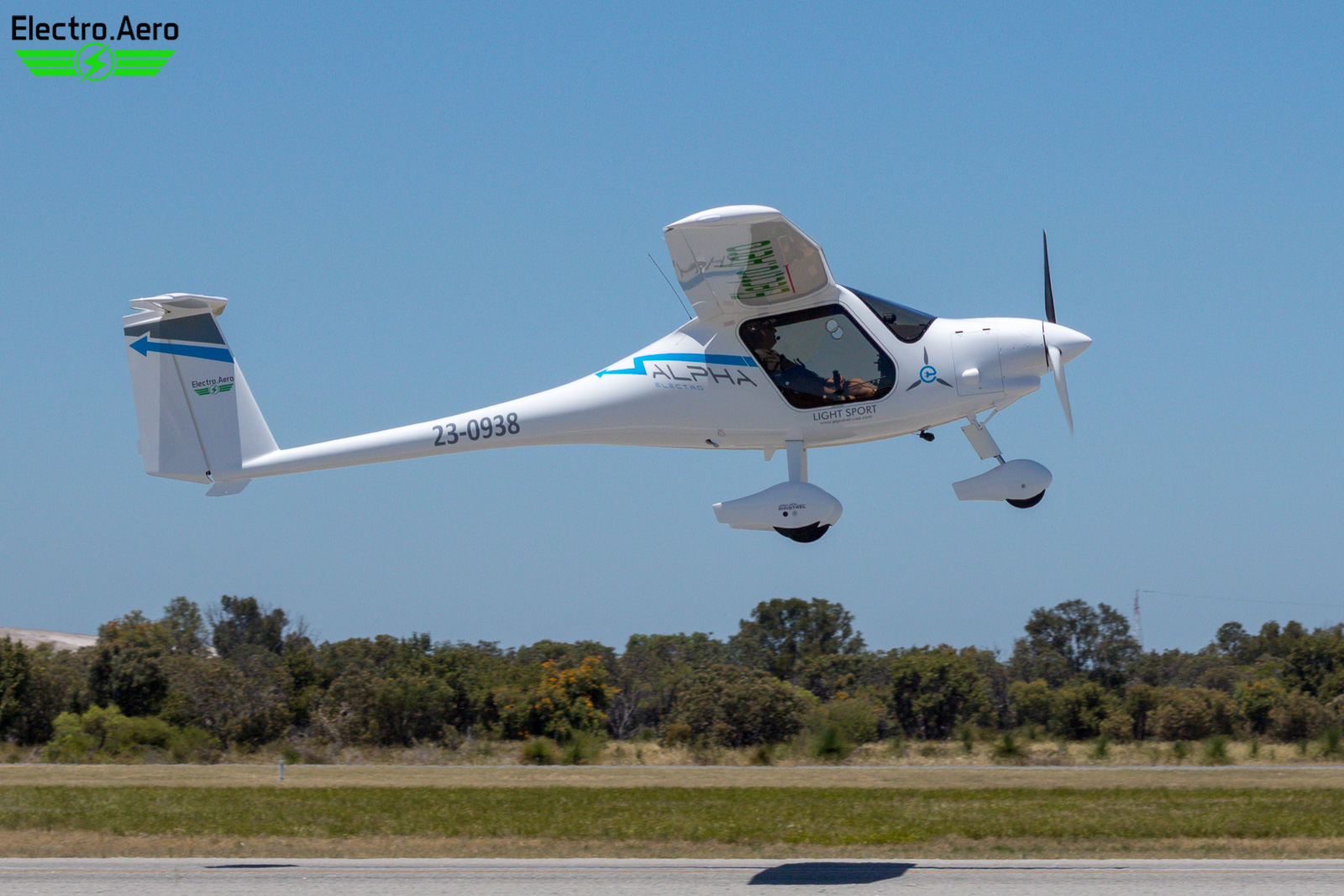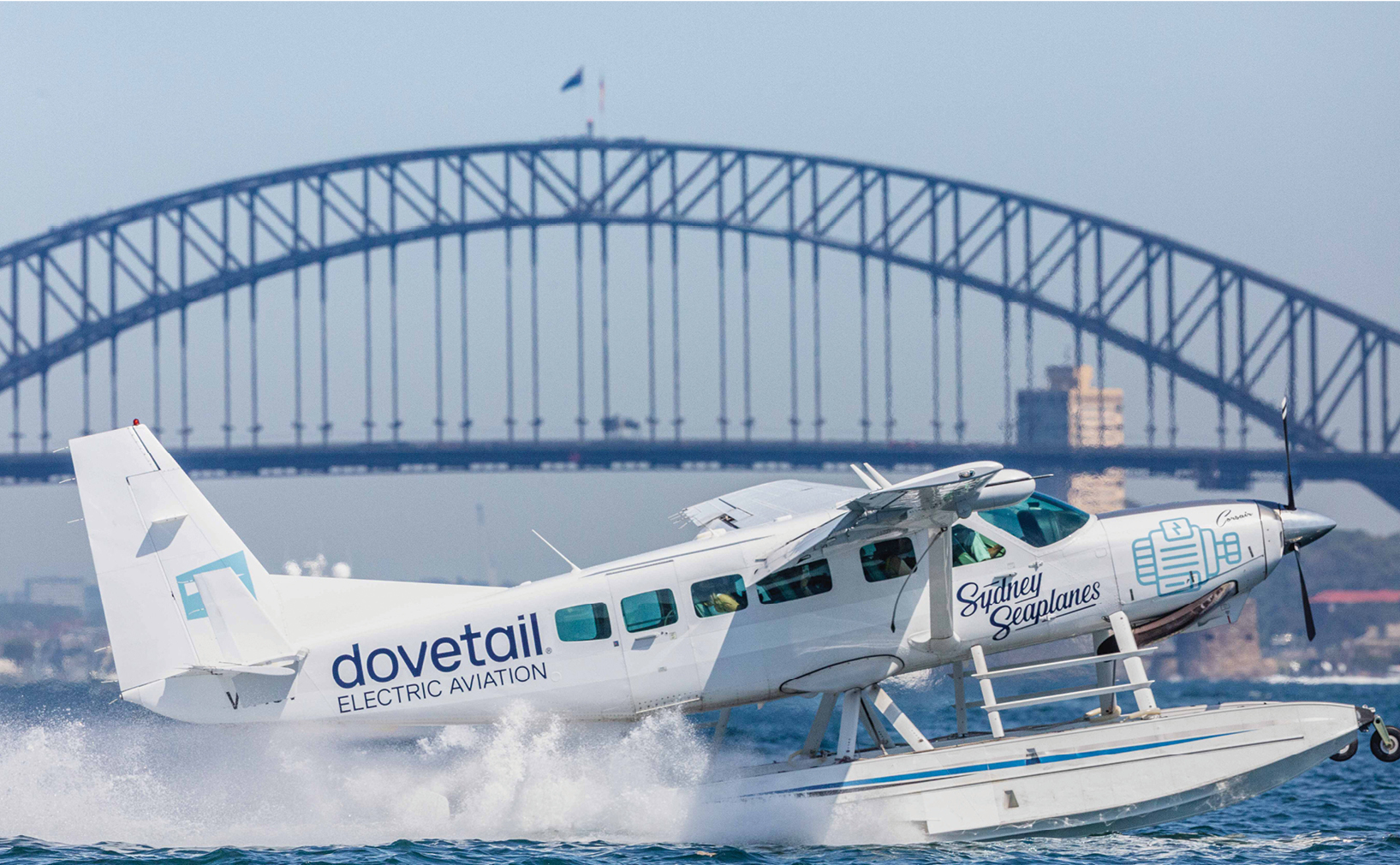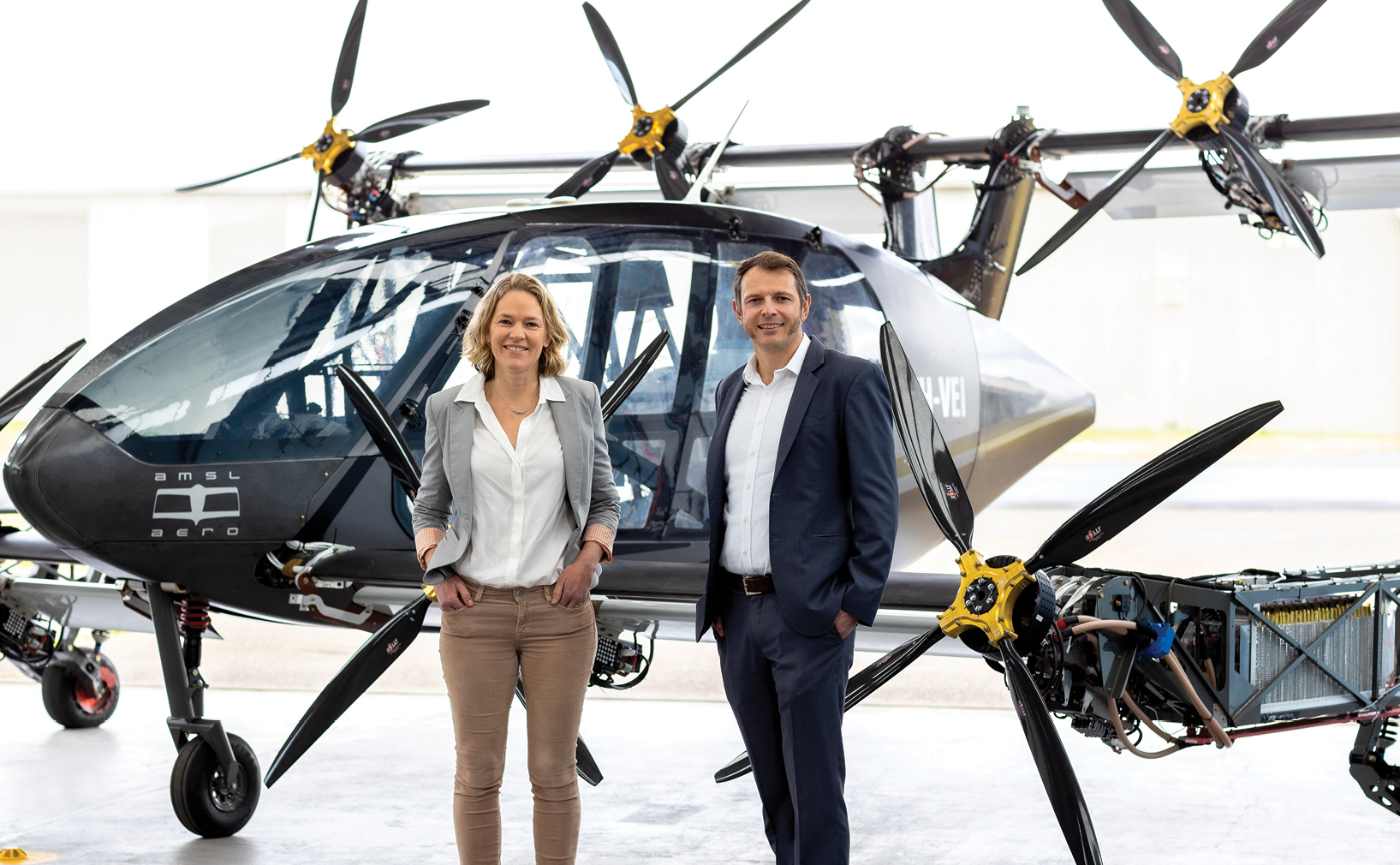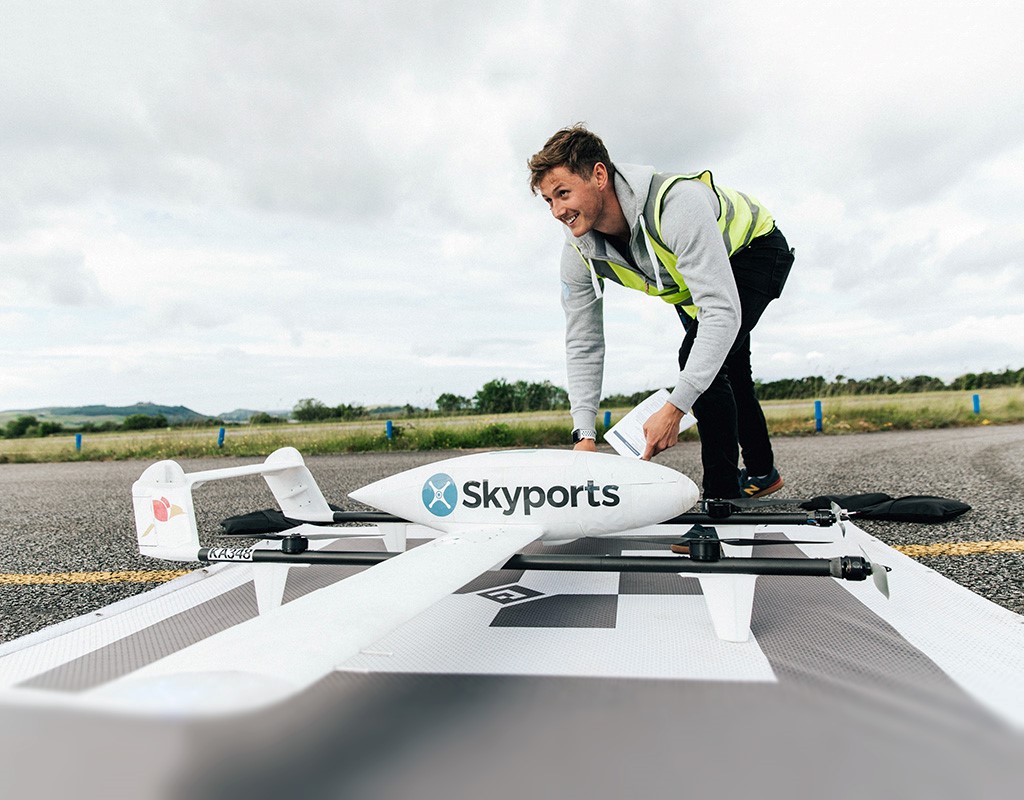On 2 January, a small, modest little aeroplane flew two circuits at Jandakot Airport, in Perth—and made Australian aviation history.
The Pipistrel Alpha Electro became the first factory-built (as opposed to experimental) electric aircraft to fly in Australia. The Slovenian-made aircraft is an all-composite, light sport aircraft closely based on Pipistrel’s Rotax-engined Alpha trainer and is distributed in Australia by X-Air, with electric flight specialist Electro.Aero its dealer and first operator. It has two lithium ion batteries and a 60 kW electric motor, can climb at 1000 feet/minute, and recovers 13 per cent of potential energy on landing approaches through its propeller, according to its manufacturer.
Electro.Aero chairman Joshua Portlock says the aircraft is capable of making the short over-water flight to Rottnest Island but that the operator would build up to this. ‘It’s a few months away before we’re comfortable to do that flight,’ Portlock said. ‘The aircraft can definitely make the flight there and back, without charging, but we want to do it as safely as possible and have plenty of hours around Jandakot before we progress to over-water flights.
Portlock says the two-seater was particularly suited to flying training. ‘It’s perfect for training up to, and including, the Recreational Pilot Certificate.’
‘It’s an hour mission time with half an hour reserve but that really depends on how you fly the aircraft; in the circuit you get a lot of regeneration, that extends your flight time. If you’re doing a lot of aggressive manoeuvres such as climbs and stalls—that affects your consumption.’
The aircraft consumes about $A3 per hour of electricity, compared to about $30 per hour of avgas for the Rotax-engined Alpha trainer. The scheduled maintenance required is also much less, given that the electric motor has only one moving part—the propeller spinner. ‘With low operating costs and low ongoing maintenance costs, this aircraft makes financial sense for flying schools,’ Portlock said.
Electro.Aero also represents Bye Aerospace, which is developing the Sun Flyer for general aviation certification. ‘It’s a heavier aircraft than the Pipistrel and carries batteries to fly for more than three hours, with solar assistance on the wings,’ Portlock said.
The Sun Flyer is expected to be on sale here by 2020, after certification testing and initial deliveries in North America.
‘Once there is GA certification for the two-seater Sun Flyer it should be relatively easy to get GA certification for the four-seater,’ Portlock said. ‘That would be the first of a new fleet of electric air taxis that could start carrying passengers to and from Rottnest.’






Hello there, I am wondering if you can make one change to the article which is incorrect. You say there is only one moving part which is the spinner. This is not correct. You would be better saying that the only moving part in an electric motor system is the propeller. This makes a lot more sense
[…] from CASA to fly in Australia, Hoffman says with the recent certification of the 2-seater Pipistrel Alpha Electric civil electric airplane earlier this year, the prospect of Alice being able to do so in the future […]
[…] kW (94 HP). Bye Aerospace competes with another e-plane maker, Pipistrel, which is developing the Alpha Electro—a two-seat electric trainer. The Pipistrel is based on a light sport aircraft design whereas the […]